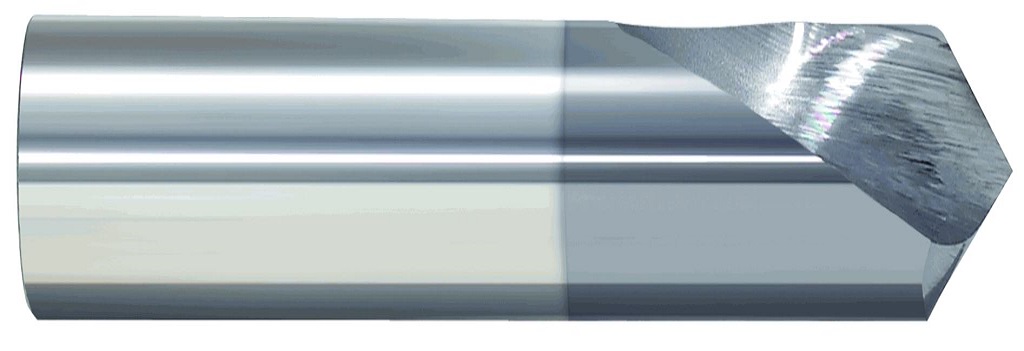Manufacturing complex pieces require extreme precision. This is especially true when two or more parts need to be perfectly aligned to form an airtight seal or prevent unwanted mechanical vibration in the finished product. One of the most common machining techniques used to achieve this is through the use of spot drills. These drills allow for very specific placement of small holes along the length of the part.
Accurate drilling, especially on hard materials and composites, increases productivity and reduces wasted material on expensive, time-consuming operations. Spot drills can be used on a broad range of materials and composites. Depending on the application and material, spot drill tools can be chosen based on their speed, accuracy, precision, cost-effectiveness, rigidity, materials compatibility, and others.
The most common spot drills are made of high-speed steel. These have been the go-to tools due to their affordability and availability. Steel tools can be easily found, and they are usually extremely cheap, making them a favorite in many shops. However, harder materials require the use of higher cutting speeds and, as such, tend to render these flexible tools less accurate. This can result in misalignments during the drilling process which reduces part accuracy and might require a total part scrap, which could increase costs and render any economic advantage due to the use of steel tools useless.
Carbide tools are stronger, more rigid, and can handle higher cutting speeds without sacrificing part accuracy. Their rigidity allows for a straight feed while maintaining high material removal rates with minimal tool deflection. Carbide drills do not wear as much as high-speed steel tools, which prolongs the life of the drill and reduces consumable costs.
Since carbide tools can achieve much higher speeds, they can help any operation drastically increase part turnover without reducing accuracy. Spot drills made of carbide are less prone to walking off, making it a lot easier to find purchase and engage the material with ease. They also have a much higher temperature tolerance, allowing for longer and deeper cuts even when going dry.
The use of spot drills made of carbide can save any operation time and money by increasing part accuracy, increasing productivity through quicker cycle times, and cutting down on material waste. These benefits allow for the user to increase profits without having to invest in more equipment. Furthermore, their strain tolerance makes them a perfect fit for machining hard materials such as titanium, Inconel, or any other nickel-based superalloy.
To ensure correct operation and maximum tool lifetime, always consult the drill manufacturer for guidance on the correct cutting speeds and feeds when machining hard materials. Also, keep in mind that carbide tools can achieve higher RPMs than steel tools at a given feed rate without sacrificing tool life.
Spot drills are an integral part of any manufacturing process, especially when it comes to hard materials machining. Their durability and accuracy make them a perfect fit for almost any task right from the start of development until final production. With the correct spot drill tooling, even time-consuming operations can be finished quickly without sacrificing accuracy – increasing throughput and lowering the cost of making the part.
However, finding the right carbide spot drills that can guarantee reliability and tool quality while keeping costs under control can prove to be difficult. Experienced carbide spot drill manufacturers can provide the necessary expertise and guidance when it comes to choosing the most suitable tools for every application.
For more information on spot drill tooling, visit onlinecarbide.com and browse through their selection of high-end carbide tools at manufacturer-direct prices.
For more information about Stub Drills and Drill Mills For Sale Please visit: Online Carbide.

